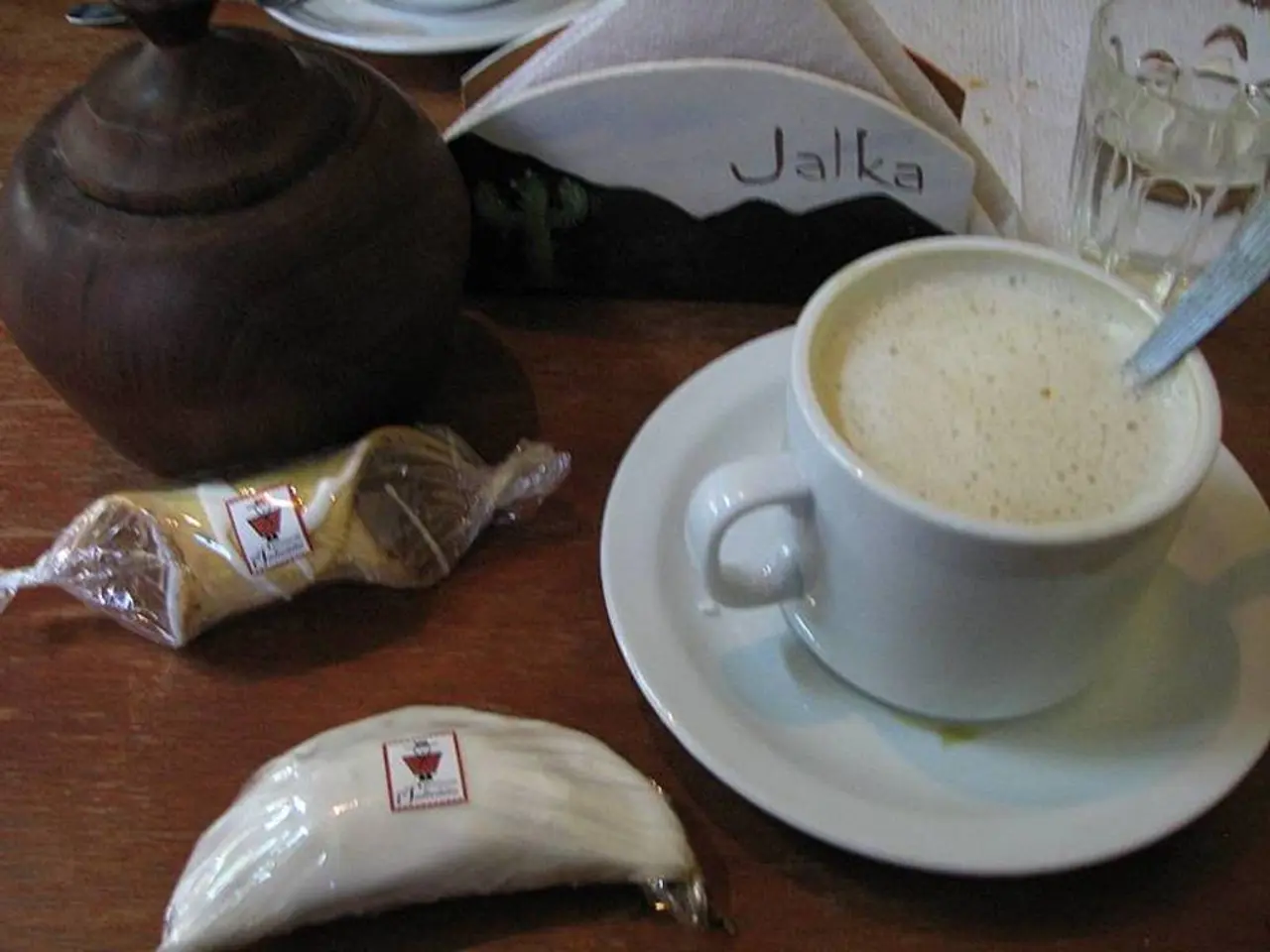Is the Use of Menstrual Cups Appropriate for Your Needs?
A menstrual cup is a flexible, reusable cup designed for use inside the vagina during menstruation to collect menstrual blood. Made of medical-grade silicone, rubber, or latex, menstrual cups have gained popularity as an eco-friendly and cost-effective alternative to disposable tampons and pads.
### How a Menstrual Cup Works
The menstrual cup is folded for easier insertion, typically using the "C fold" or "Punch down fold." Once inserted with the rim facing upward, it unfolds and forms a seal against the vaginal walls, collecting menstrual fluid internally. The cup needs to be emptied 2-3 times a day, depending on flow, washed, and reinserted for continued use.
### Pros of Menstrual Cups Compared to Tampons and Pads
Menstrual cups offer several advantages over tampons and pads. They have a higher capacity, with the ability to hold more blood before needing to be emptied, and can be worn for up to 12 hours. Additionally, they are reusable for several years, reducing waste, and have a lower risk of Toxic Shock Syndrome (TSS) when used properly.
### Cons of Menstrual Cups Compared to Tampons and Pads
Despite their benefits, menstrual cups do have some drawbacks. They require a learning curve for insertion and removal, which can be intimidating initially. Maintenance is also a factor, as the cup must be cleaned between uses, which might be inconvenient in public restrooms. Fit issues can also arise, as users may need to try different brands or sizes to find the right one. Some users may find the cup uncomfortable or difficult to insert, especially at first.
### Summary
Menstrual cups offer a sustainable and cost-effective alternative to disposable tampons and pads, providing longer wear time and higher capacity. While they require some practice to use comfortably, they are a popular and proven safe and effective option for many women. Choosing among these depends on personal comfort, lifestyle, flow level, and environmental considerations.
It's essential to talk to your healthcare provider if you have concerns about inserting a menstrual cup or if you have an IUD in place. With proper care and use, menstrual cups can provide significant cost savings over tampons and pads due to their long-term use.
Menstrual cups have been around since the 1800s, with the first patent for a menstrual cup design awarded in 1867. Today, there are different brands of menstrual cups available in most stores and online, and most come in small or large versions.
[1] "Menstrual Cup: A Comprehensive Guide." Healthline. https://www.healthline.com/health/menstrual-cup [2] "Menstrual Cups: Benefits, Types, and How to Use Them." Verywell Family. https://www.verywellfamily.com/menstrual-cups-4165796 [3] "Menstrual Cups." Mayo Clinic. https://www.mayoclinic.org/healthy-lifestyle/womens-health/in-depth/menstrual-cups/art-20047615 [4] "Menstrual Cups: Are They Right for You?" WebMD. https://www.webmd.com/women/menstrual-cups [5] "Menstrual Cups: Advantages and Disadvantages." MedlinePlus. https://medlineplus.gov/ency/article/004007.htm
The health-and-wellness benefits of menstrual cups are significant, as they promote sustainability and cost-effectiveness in comparison to traditional disposable tampons and pads. These reusable, eco-friendly cups also cater to women's health by reducing the risk of Toxic Shock Syndrome.
Health-conscious individuals seeking options for women's health may find that menstrual cups are an efficient addition to their routine, offering higher capacities and longer wear times than conventional menstrual products. However, the science behind their use requires a learning curve for comfortable insertion and removal, particularly during the initial stages.




